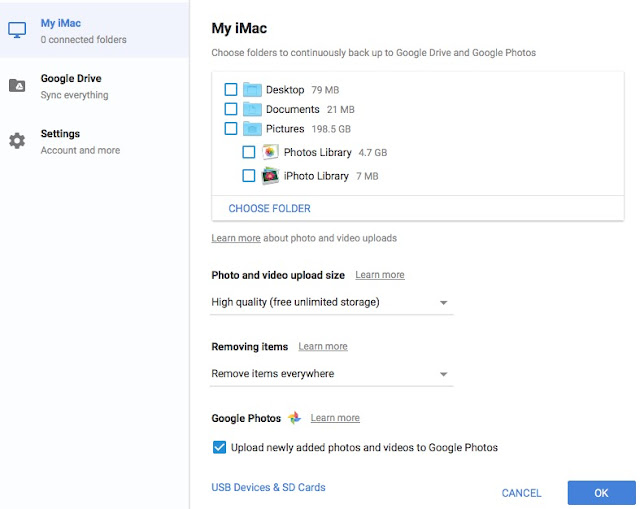Need: Unlimited "Undo"
Problem: A friend seems to lose slabs of data while editing notes apps like OneNote, and Apple Notes. What they want is unlimited undo.Unfortunately, neither of these these apps provide this. If the app is saved and closed, then you have lost any chance to get back a previous version - even if the notes are shared over multiple devices - even if they are backed up to iCloud.
Partial Solution: Write from App to DropBox
Dropbox offers file version rollback for 30 days on its free account.
Write 2 Lite and it's add free version for US3.99, Write - Notes & Writing, writes plain text files directly to Dropbox.
Every time, my friend opens a note and then saves it (a setting allows you to force a save whenever a note is closed), a new version is created on Dropbox. When he loses data, he goes to Dropbox and looks in the version history for the note until he finds the lost text.
It is not quite "unlimited undo" because he can still lose data permanently if he deletes a part of a new note before saving and does a few more actions (iPhone shake undo" only recovers one action.
Setup Recipe:
On the iOS device,
- download Dropbox App and either login or register.
- download Write 2 Lite and open
- open the Write 2 Lite App
- Select Settings (Gear at bottom left)
- Turn on Auto Save (so that notes are saved every time they are closed
- Link Dropbox account
- Turn on Auto-sync (so that the app saves to dropbox everytime a note is closed
Dropbox - access
On iOS or desktop, just open the note at any time to view it's contents.
On desktop web view of Dropbox, you can access the saved versions
The notes are stored inside the folder, Write
Clicking on the option icon beside a file will allow you to access the saved versions.
Not perfect, but free......



































